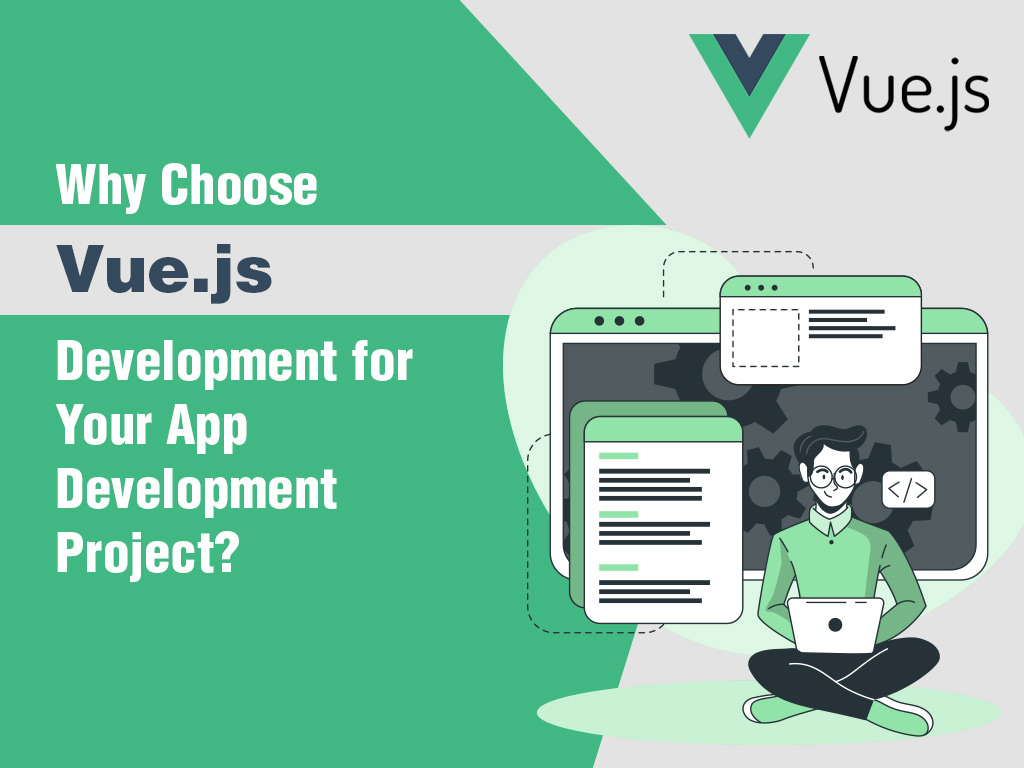Tube Rank: Your Guide to Video Success
Discover tips and insights for optimizing your video presence.
Vue.js Unleashed: Crafting Dynamic Interfaces with a Splash of Fun
Unlock the secrets of Vue.js! Create vibrant, dynamic interfaces with flair and fun—let's unleash your coding creativity today!
Harnessing Vue.js for Interactive User Experiences: A Beginner's Guide
Vue.js is a progressive JavaScript framework that is perfect for building interactive user interfaces. As a beginner, understanding the fundamentals of Vue.js can significantly improve the way you create web applications. With its component-based architecture, Vue allows developers to break down complex UIs into smaller, reusable components. This modular approach not only enhances code organization but also streamlines the development process, making it easier to manage and scale your applications.
One of the key features of Vue.js is its reactivity system, which efficiently updates the user interface when the underlying data changes. This means that you can create dynamic and responsive user experiences without worrying about the complexities of manual DOM manipulation. To get started, you can follow these steps:
- Set up your Vue.js environment.
- Create a simple Vue instance.
- Build reusable components.
- Utilize Vue directives to bind data and manage events.

Common Pitfalls in Vue.js Development: How to Avoid Them
In the realm of Vue.js development, several common pitfalls can hinder your project's success. One major issue is the improper organization of components. It’s crucial to maintain a clean folder structure, as this improves maintainability and collaboration among team members. Consider implementing a structure where components are grouped by feature rather than type, thus enhancing the readability and organization of your codebase. Additionally, always ensure that your components are reusable and follow the Vue.js best practices for naming conventions and prop validation to minimize confusion.
Another frequent pitfall is neglecting to manage state effectively within your application. When state management is improperly executed, it can lead to hard-to-trace bugs and performance issues. To avoid this, leverage tools like Vuex for centralized state management, as well as provide clear documentation for state changes and how components interact with the store. Also, consider utilizing computed properties to derive state efficiently rather than relying on methods that may cause unnecessary re-renders. By addressing state management early in your Vue.js development process, you can significantly enhance your app's performance and stability.
How to Build a Fun and Engaging Vue.js Application: Tips and Techniques
Building a fun and engaging Vue.js application requires a combination of creativity, user-centric design, and an understanding of the framework's capabilities. Start by defining your target audience and their needs. Conduct thorough research on what features excite and retain users. Incorporate interactive elements such as animations, dynamic content, and responsive design. Utilizing tools like Vue Router for seamless navigation can greatly enhance user experience. Additionally, don't shy away from using Vue's component system to break down your application into manageable pieces. This modular approach allows for easier maintenance and updates, ensuring your application stays fresh and relevant.
To further elevate the engagement level of your Vue.js application, consider integrating real-time features. This could include functionalities like chat options or live updates using libraries such as Socket.IO or Firebase. Moreover, utilize state management tools like Vuex to manage complex data interactions cleanly. Also, be sure to conduct user testing to gather feedback and iterate on your design. Lastly, invest time in crafting an appealing user interface with vibrant colors and intuitive layouts, as visual appeal can significantly impact user engagement. By following these tips and techniques, your Vue.js application can become a delightful experience for all users.